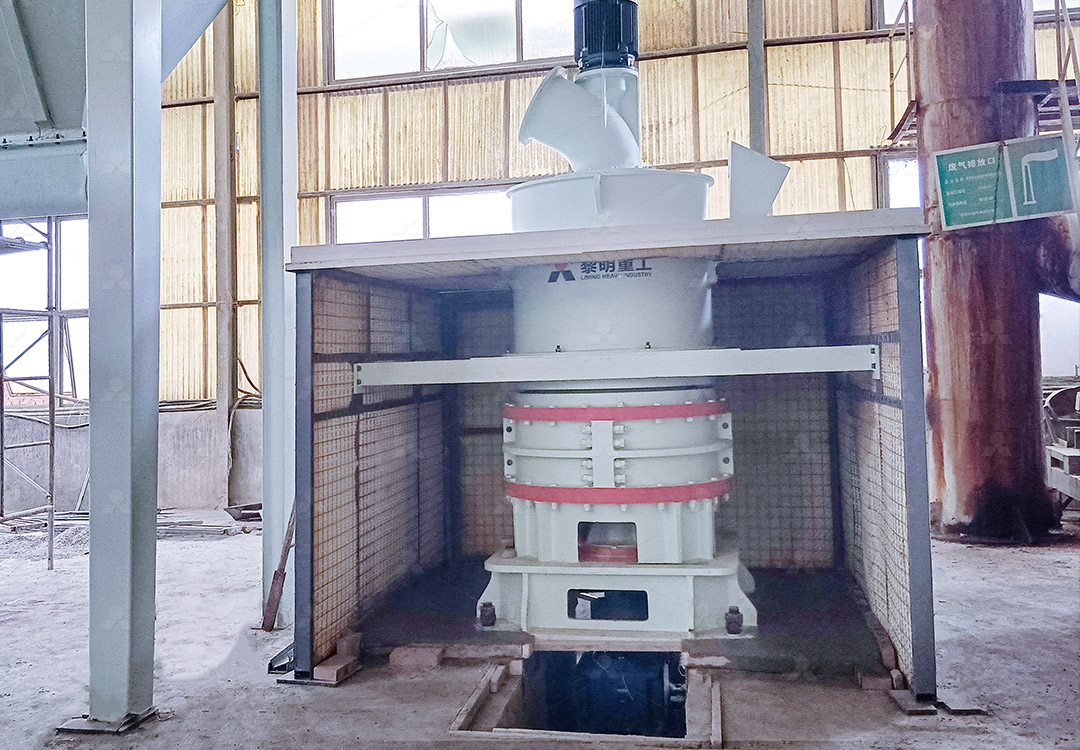High Efficiency Pendulum Roller Mill for Grinding Feldspathic Sandstone
High Efficiency Pendulum Roller Mill for Grinding Feldspathic Sandstone
Feldspathic sandstone presents unique challenges in mineral processing operations due to its variable composition and abrasive nature. Traditional grinding methods often struggle to achieve the precise particle size distribution required for high-value applications while maintaining operational efficiency. The pendulum roller mill technology has emerged as a game-changing solution for this demanding material.
The fundamental advantage of pendulum roller mills lies in their ability to apply both compression and shear forces simultaneously. This dual-action grinding mechanism is particularly effective for feldspathic sandstone, which contains hard quartz grains embedded in a softer feldspar matrix. The pendulum motion creates an optimal grinding path that efficiently reduces particle size while minimizing energy consumption.

When processing feldspathic sandstone, several factors must be considered to maximize efficiency. The material’s moisture content, hardness variations, and the desired final product specifications all influence mill configuration. Modern pendulum roller mills incorporate advanced control systems that automatically adjust operational parameters in response to changing feed characteristics, ensuring consistent product quality.
Advanced Solutions for Modern Grinding Challenges
For operations requiring ultra-fine grinding of feldspathic sandstone, the MW Ultrafine Grinding Mill represents a technological breakthrough. This innovative equipment handles input sizes up to 20 mm with capacities ranging from 0.5 to 25 tph, making it ideal for various production scales. The MW series is specifically engineered for customers who need to produce ultra-fine powder with exceptional efficiency.
The MW Ultrafine Grinding Mill incorporates several proprietary technologies that make it particularly suitable for feldspathic sandstone processing. Its newly designed grinding curves for rollers and rings enhance grinding efficiency significantly. Independent testing confirms that with identical fineness and power input, the production capacity is 40% higher than jet grinding mills and twice that of traditional ball mills, while system energy consumption is reduced to just 30% of jet mill requirements.

Another standout feature is the adjustable fineness range between 325-2500 meshes, achieved through German-engineered cage-type powder selector technology. This flexibility allows operators to precisely target the optimal particle size distribution for their specific feldspathic sandstone application. The elimination of rolling bearings and screws within the grinding chamber eliminates common failure points, while the external lubrication system enables continuous 24-hour operation.
Environmental and Operational Benefits
Modern pendulum roller mills address the growing emphasis on sustainable operations. The integration of efficient pulse dust collectors and mufflers ensures that feldspathic sandstone processing meets stringent environmental standards without compromising productivity. The completely sealed system operates under negative pressure, preventing dust emissions while reducing noise pollution significantly.
For operations requiring vertical grinding solutions, the LUM Ultrafine Vertical Grinding Mill offers complementary advantages. With an input size capacity of 0-10 mm and throughput of 5-18 tph, this mill incorporates the latest grinding roller technology from Taiwan and German powder separation expertise. Its unique roller shell and lining plate grinding curve design promotes stable material layer formation, enabling high finished product rates from single-pass processing.

The LUM mill’s double position-limiting technology provides exceptional operational stability, preventing destructive impacts during unexpected vibration events. The reversible structure simplifies maintenance procedures, allowing rapid roller removal for inspection or replacement without extended downtime. Both the MW and LUM series benefit from digitalized processing with numerically controlled machining operations, ensuring high precision for all core components.
Frequently Asked Questions
What makes pendulum roller mills more efficient for feldspathic sandstone than traditional ball mills?
Pendulum roller mills apply both compression and shear forces simultaneously, which is ideal for the composite structure of feldspathic sandstone. This results in up to 50% energy savings compared to ball mills while providing more consistent particle size distribution.
How does the MW Ultrafine Grinding Mill handle variations in feldspathic sandstone hardness?
The MW series incorporates automatic adjustment systems that respond to changing material characteristics. The grinding pressure can be hydraulically adjusted, and the powder separator speed can be modified to maintain consistent product quality despite feed variations.
What environmental protections are integrated into modern pendulum roller mills?
Contemporary designs feature complete sealing with negative pressure operation, efficient pulse dust collectors, and noise reduction technologies. The MW series specifically includes silencers and noise elimination rooms to ensure compliance with environmental standards.
How does the maintenance requirement compare between pendulum roller mills and traditional grinding equipment?
The absence of rolling bearings and screws in the grinding chamber of the MW Ultrafine Grinding Mill significantly reduces maintenance needs. The external lubrication system allows continuous operation, while the reversible structure of the LUM Vertical Mill enables easier access to wearing parts.
What particle size range can be achieved with these mills for feldspathic sandstone applications?
The MW Ultrafine Grinding Mill produces powders between 325-2500 meshes, with the capability to achieve d97≤5μm in a single pass. The adjustable powder selection system allows operators to target specific size distributions for their particular application requirements.
